I’m Lyndsay, mother, creative and storyteller with a background in interiors PR. Story & Thread. is a weekly letter exploring the intersection of creativity, mothering and the living world, with a home and a garden at the heart...
Please feel free to share parts of this newsletter that connect with you — here on Substack, on social media or I would love you to send it on to someone special to you.
“Deep sleeps the Winter,
Cold, wet and grey;
Surely all the world is dead;
Spring is far away.
Wait! the world shall waken;
It is not dead, for lo,
The Fair Maids of February
Stand in the snow!”
—Cicely Mary Barker ‘The Snowdrop Fairy’ (1895-1973).
Hi everyone
How are you all faring this week? I ventured into town at rush hour for the first time in four years this morning, whilst my children were at nursery. I felt echoes of my past selves in the sunlight glinting on the rain-soaked streets as I walked to find a café to sit down and write to you…
Writing this winter’s flower of the season has felt like a full experience spanning childhood memory, thoughts of the early days of motherhood and culminating in a day out to a restored botanist’s garden and North London’s snowdrop haven.
It feels strange that the last time I was writing a Flower of the Season in late autumn, light was dwindling as we edged towards winter. And although we are certainly not ‘out the other side’ quite yet, the light is lengthening and our thoughts are turning towards spring. The upcoming full snow moon is the last full moon before the spring equinox, encapsulating both the chill of late winter (not to be underestimated), before the prospect of a shift into the light.
In the autumn, I discovered the dahlia cutting patch, and in late winter I sought out the hidden gem of a walled garden, drinking in the late winter blooms as they signpost us towards spring…
In search of the snowdrop fairy.
This week we ventured to Myddleton House in search of the Snowdrop Fairy. Finding the ‘Flower Fairies’ books in our local library a year or so ago immediately stirred memories of poring over the pages of enchanting beings accompanying their floral homes. I was always drawn to the books for each season, and when I look at them now, there is a deeply lodged sense of nostalgia within the charming words and the delicate illustrations by Cicely Mary Barker. Even as a child, I felt an underlying magic sprinkled in the ‘Flower Fairies of Winter’ — aside from the unrivalled sparkle of the Christmas Tree Fairy, the pages revealed a different, deeper sense of mostly unseen beauty, the kind that is only visible when you are really looking for it.
Our winter garden.
Snowdrops appear in our garden during January in clusters of diminutive bell-shaped lamps, emerging between my children’s birthdays, tiny luminous lanterns of hope adding to the growing light that is palpable by the end of the month. Their teardrop form holds a quiet stillness that takes my breath away on first glimpse and provides a reassuring reminder and a hint of spring-like renewal within my ever-expanding winter heart.
I had left the garden to rest entirely in December and January, feeling the pull to be indoors myself. February has seen me peering out of the window and seeing that much needs clearing and cutting back to make way for newness. The porcelain petal-like forms appear seemingly out of nowhere against the murky, muted palette of a garden in winter and I am spell-bound by the small promises of what is come. The snowdrops provide flecks of fresh green and white — traditionally it was thought that the green stem brought a hue of healthful revival, whilst the white represented the growing power of the winter sun.
They appear delicate yet are hardy, strong enough to withstand the conditions of late winter, they are able to emerge through the cold earth and snow, giving them their name in French, ‘pierce-neige’; snow piercer. While some see the snowdrop as the first signifier of spring, it feels to me as if they are one of the few brave flowers of winter.
In the details.
There are around 20 snowdrop species in the genus Galanthus in the wild, with many more cultivated varieties. The record for the most expensive snowdrop was Galanthus plicatus 'Golden Tears' sold on eBay for a record-breaking £1,850 (plus a modest £5 postage) in 2022.
Galanthus is derived from the Greek γάλα ‘gala’, meaning ‘milk’ and ἄνθος ‘anthos’ meaning ‘flower’. Galanthus nivalis is the best-known and most widespread example of the genus Galanthus and is native to a large area of Europe and the Middle East, not Britain as is often assumed. The epithet nivalis is derived from the Latin, meaning ‘of the snow’, meaning that Galanthas nivalis is ‘milk flower of the snow’, referring to the colour of the bloom and its flowering time, a description that will always remind me of the milky winter cocoon surrounding me following the births of both of my January babies.
The plants have two linear leaves and a single small white drooping bell-shaped flower with six petal-like tepals in two circles (whorls). The smaller inner petals have green markings. The tips of their leaves are especially hardened for breaking through frozen ground and their sap contains a form of antifreeze that prevents ice crystals from forming.
A floral apothecary.
According to the Royal College of Physicians, extract of snowdrop was noted by the ancient Greeks for its powerful mind-altering effects. In Homer’s Odyssey some scholars argue that Homer describes Odysseus using the snowdrop to clear his mind of Circe’s bewitchment, “the root was black, while the flower was as white as milk”.
Although snowdrops have been used as a traditional medicine since ancient times, it has only recently become a commercial proposition. The alkaloid galantamine was first extracted from the snowdrop in the early 1950s after a Bulgarian pharmacologist saw remote villagers rubbing their forehead with the plant leaves and bulbs. Galantamine increases brain acetylcholine, and is now an approved drug used as a memory improvement supplement for sufferers of Alzheimer’s disease and mild dementia.
The language of flowers.
As well as their medicinal uses, snowdrops have a layered and enduring meaning, symbolising new beginnings, hope, rebirth, and resilience. This rich symbolism of snowdrops extends into the world of literature and art, where they are revered as symbols of optimism and renewal, often representing a gentle yet persistent life force.
From ancient tales of the Garden of Eden, to German folklore about the snowdrop gifting snow its colour, and Celtic stories of the Winter Goddess despising snowdrops for signalling the end of her reign, the snowdrop has existed in popular culture since the beginning of time. In ‘Snow White’, a German fairytale by the Brothers Grimm first published in 1812, the princess with “skin as white as snow” has the alternative name of ‘Snowdrop’. Another short story for children, ‘The Snowdrop’ by Hans Christian Andersen follows the fate of a snowdrop from a bulb striving toward the light to a picked flower placed in a book of poetry.
A snowdrop haven.
As my world and my heart become more entwined with winter, I am drawn closer and closer to the snowdrop. And so I felt the pull towards Myddleton House, the home of the noted botanist and gardening writer and artist E.A. Bowles (1865-1954), its gardens renowned for its snowdrops and crocuses, and one of the largest annual snowdrop sales each year.
Making our way through the gardens, we took a path that led us through banks of the flowers lining the way like lustrous pearls within a sea of green grass and sludgy earth. Each corner revealed more and more of the bell-shaped beauties — their emergence in our darkest days providing a shimmer of soft light leading the way. Their place in our collective culture makes them a point of reference and a flower of deep ritual and remembering, allowing us to pause and sense that life is indeed stirring below the soil.
Memories of the milk flower.
Casting my mind back to this time four years ago, I was regularly trudging through the swirling wind and rain with my newborn baby tightly wrapped in a fabric sling, to the baby weighing clinic in the church a few streets away. Despite feeding my daughter in what felt like every waking moment in those early days, I was told that she was not gaining weight, that there was doubt about my milk supply due to a traumatic post-birth situation and that I would need to make a potentially drastic change. This was a fairly demoralising scenario and the source of much stress and worry, yet underlying somewhere was a quiet resolve that we would make our breastfeeding relationship work (with the right kind of support) and that she would thrive.
On my path to the clinic, I was struck by the rarest kind of beauty in winter flowers, of the hellebore and the snowdrop, both revealing the possibility of flourishing in difficult conditions and a sense of deeply rooted belief. The snowdrop or the ‘milk flower of the snow’ is inscribed deeply within me, representing the infinite layers of my unfolding mothering experience, my two winter babies growing up side by side, the coexisting truths of softness and strength and as a guiding light bringing a sense of both reassurance and lustrous wonder in late winter — something I didn’t realise quite how much I needed.
I’d love to hear which of the few winter flowers you are drawn to and what they mean to you…
Thank you as always for reading and I really look forward to hearing your thoughts.


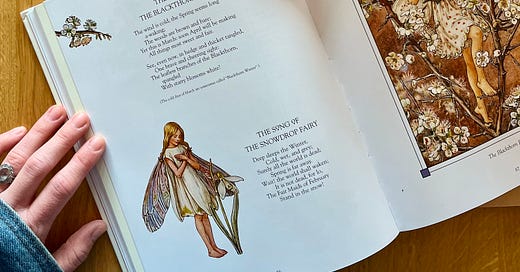


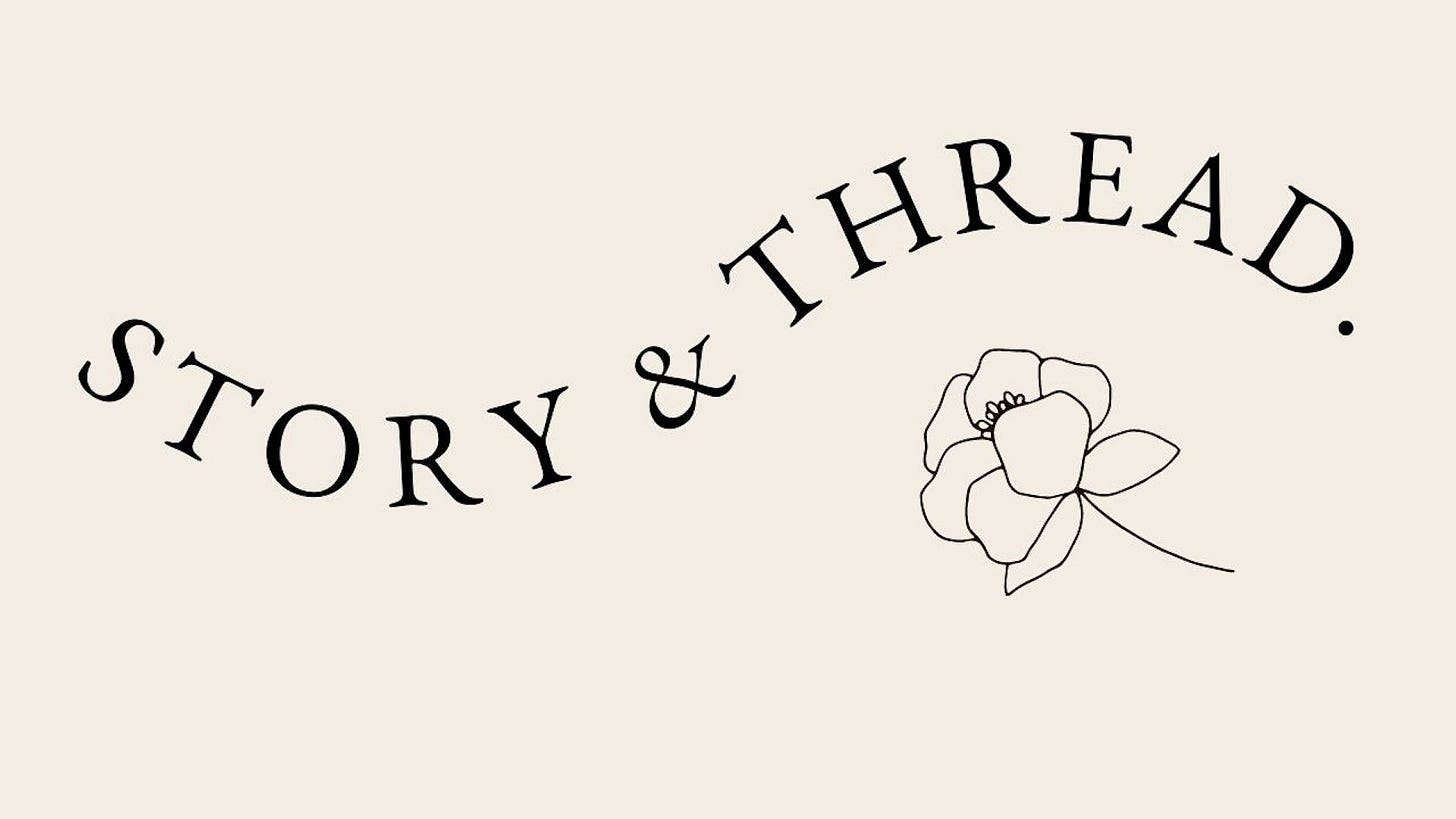

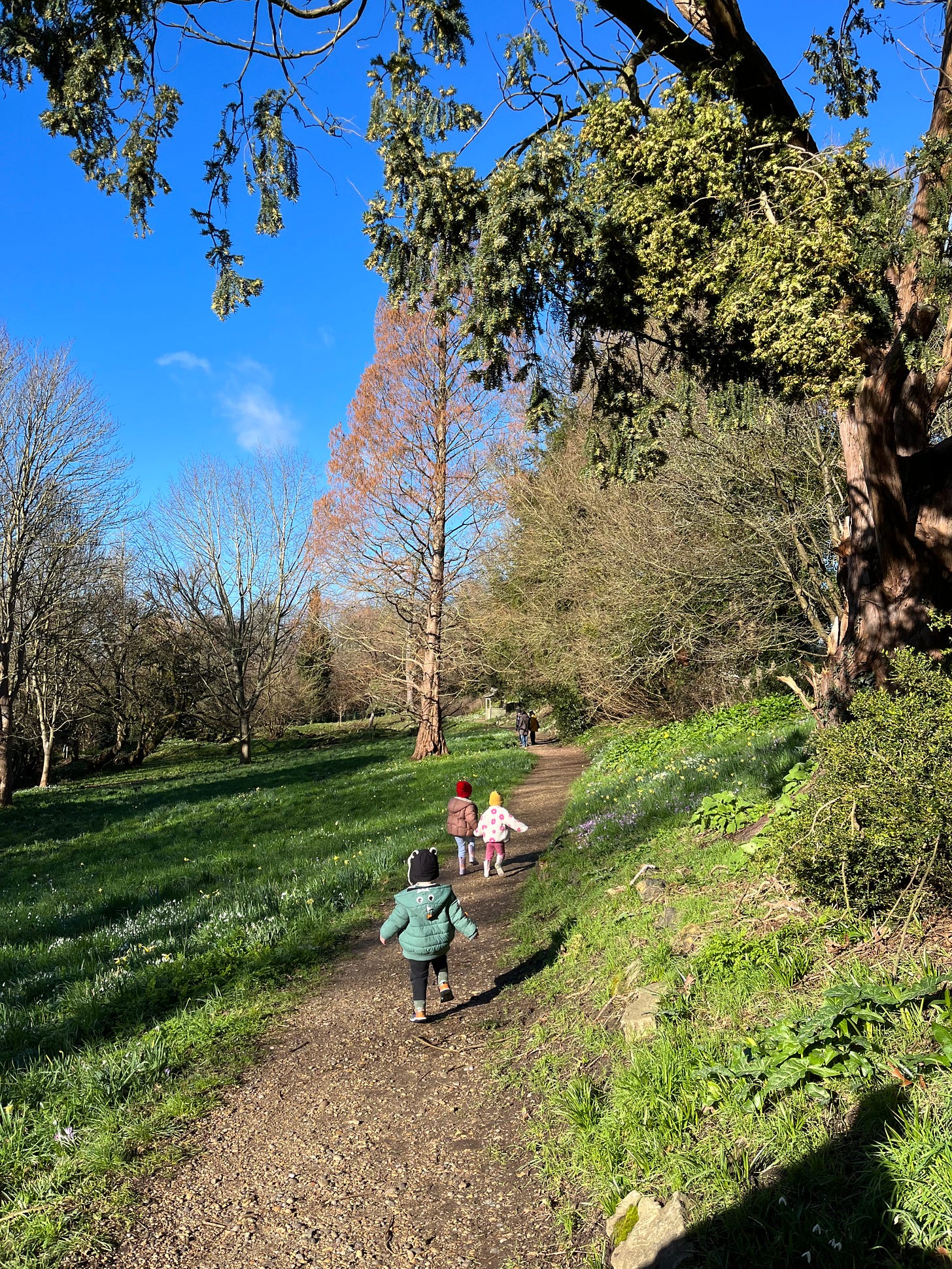
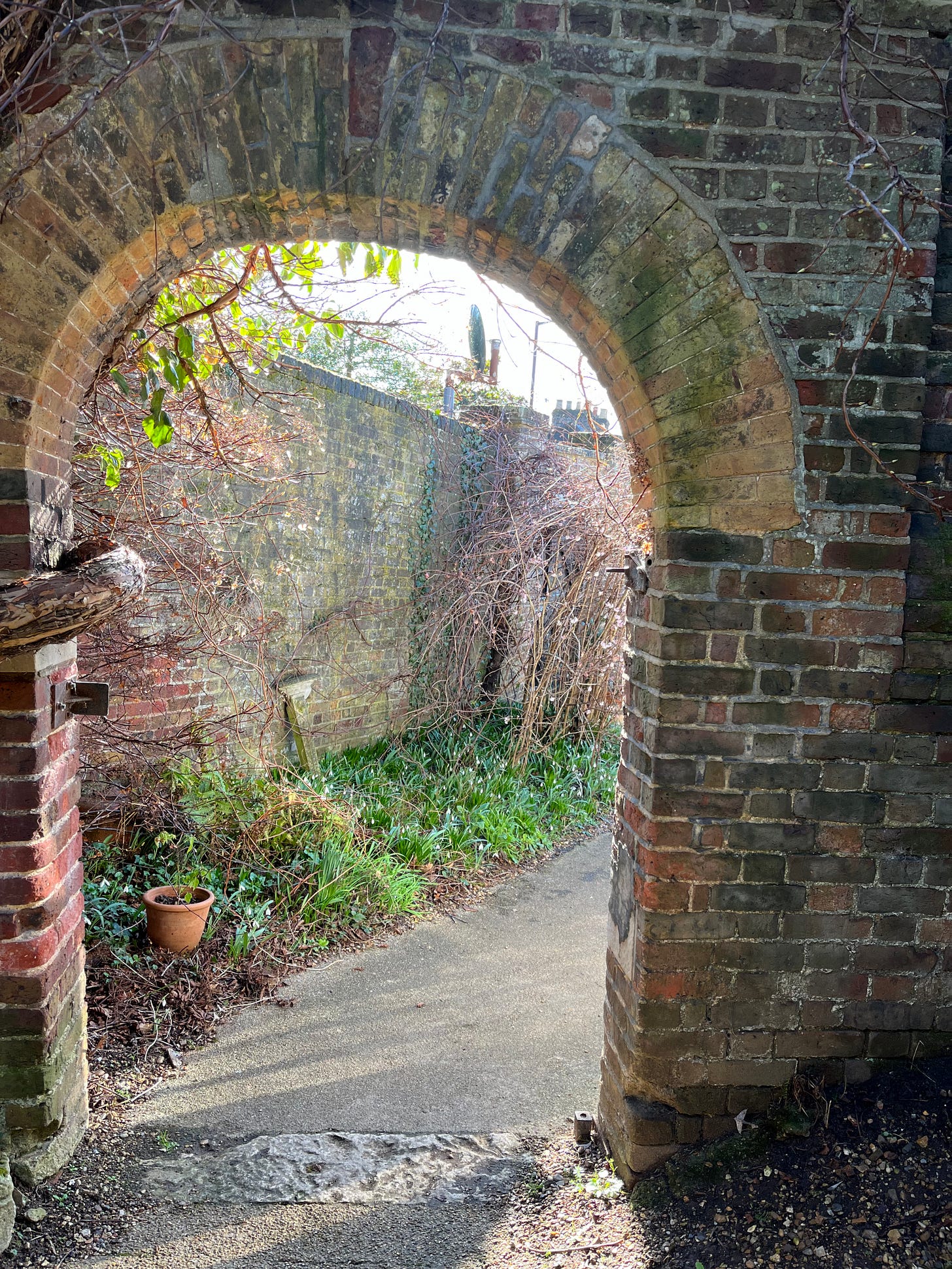
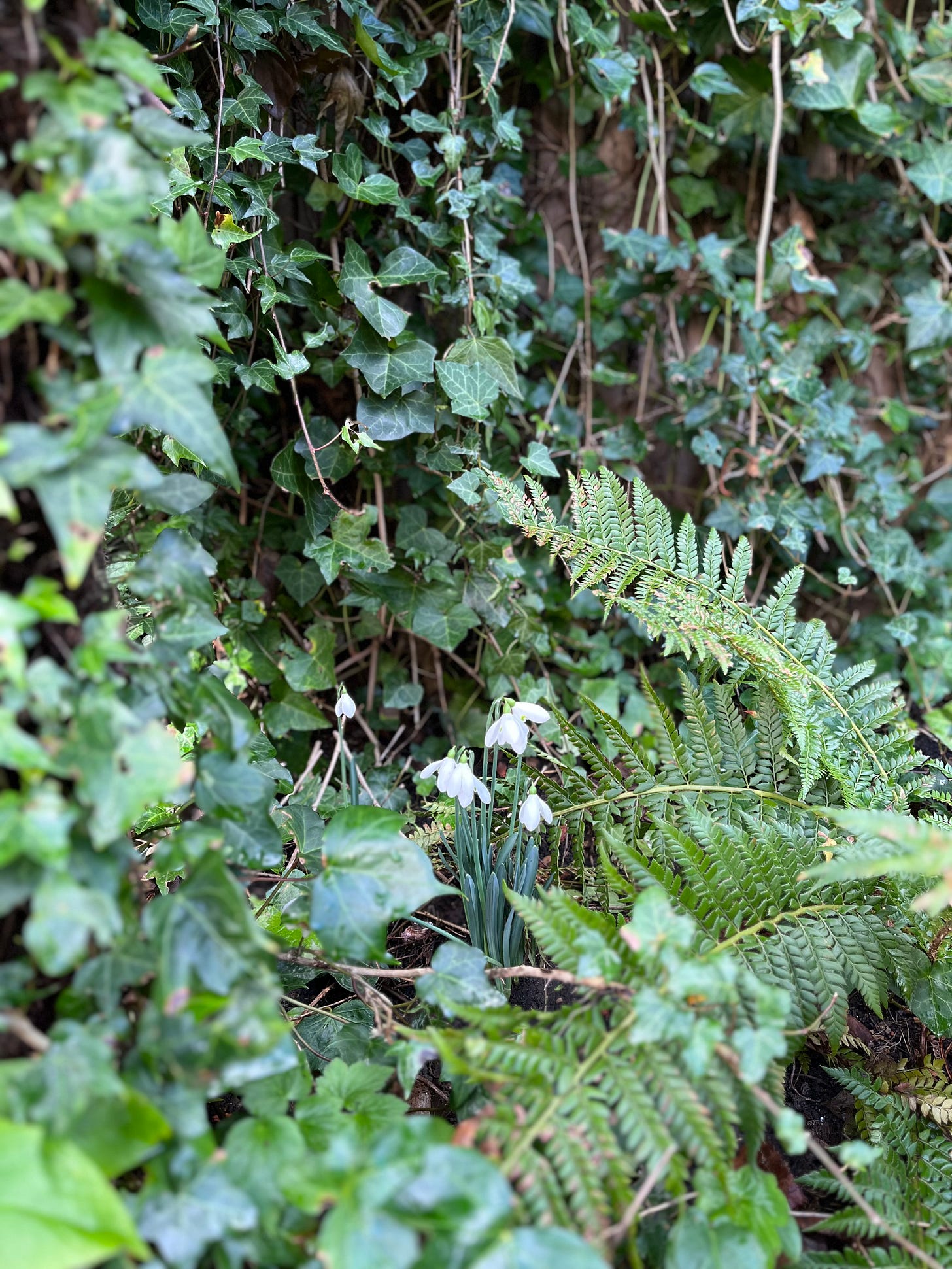
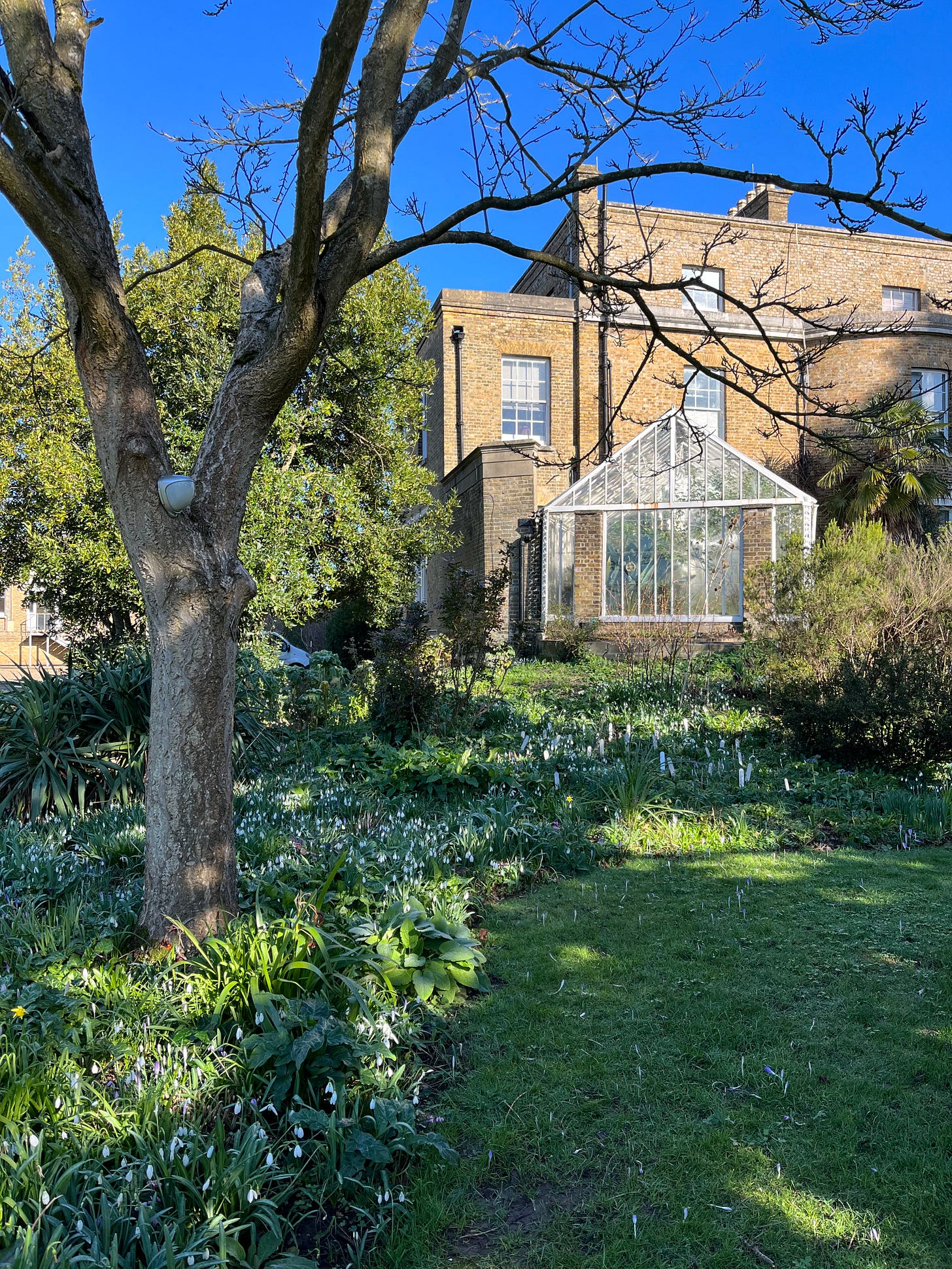
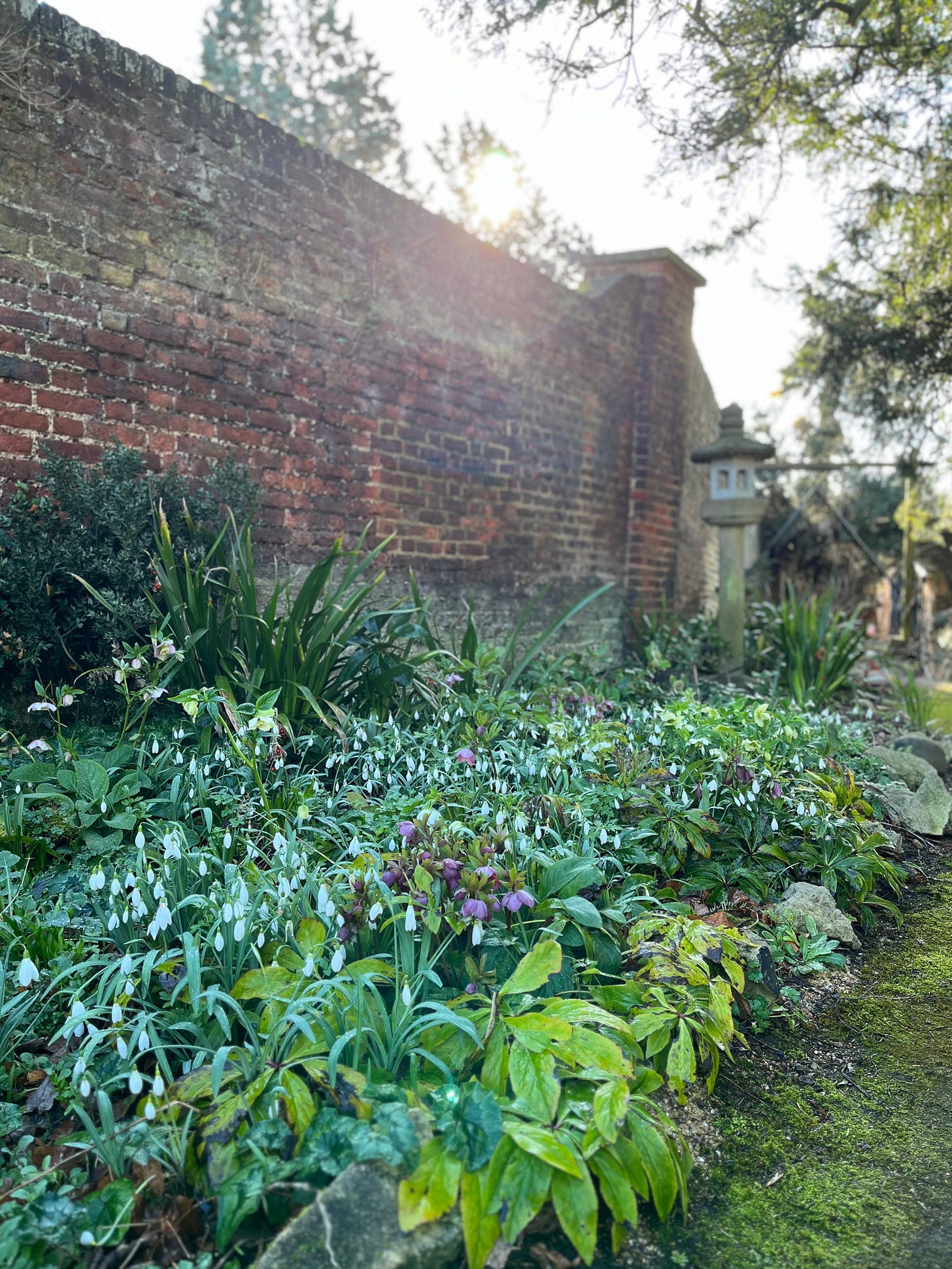
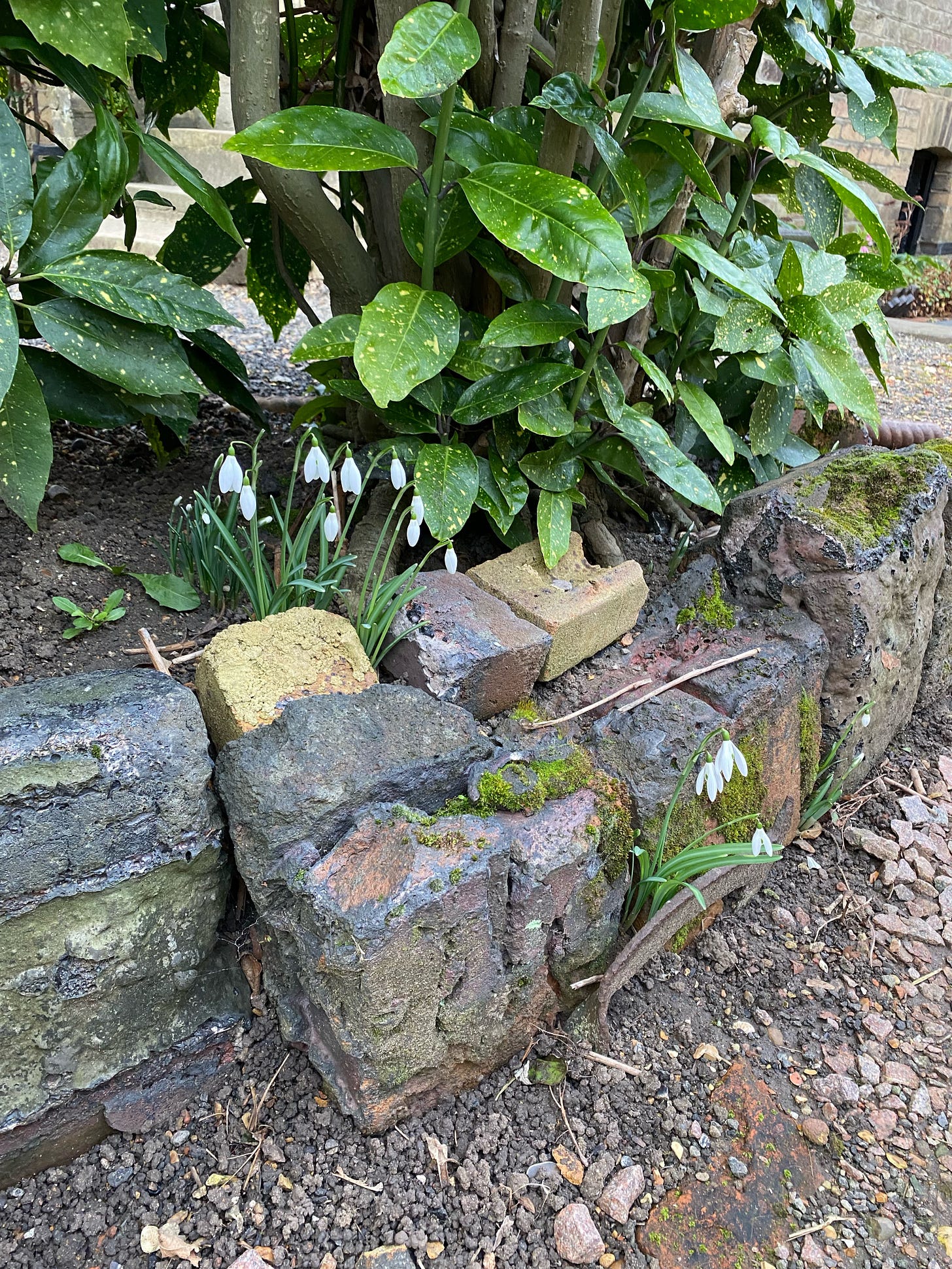
Of course it’s the snowdrop 🥰 she is such a beacon of hope I feel… sprouting up in determination. I loved reading more about her through your words. Grateful to you. Xx
Beautiful words, as always. I think of the snowdrop as a tiny beacon of springlike hope but it is, of course, a soft but strong winter flower ✨